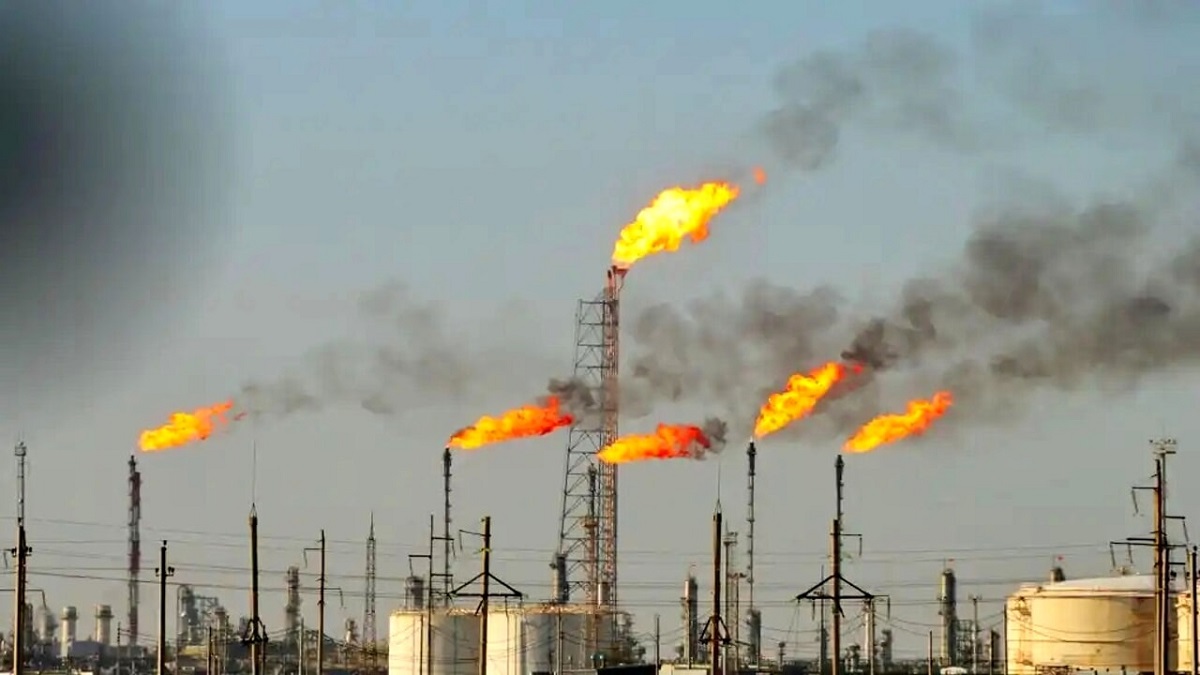Pakistan’s future energy landscape appears bleak, as it has already depleted 79.8% of its total oil reserves and 66.6% of its natural gas reserves.
According to a report sent to the Attorney General of Pakistan (AGP) by the Petroleum Division, Pakistan has used 985 million barrels of oil out of a total of 1,234 million barrels, accounting for 79.8% of the total. Reserves currently stand at 249 million barrels.
Balochistan has depleted approximately 13% of its oil reserves, according to the Petroleum Division. Khyber-Pakhtunkhwa (K-P) has consumed 64% of its resources, Punjab 84%, and Sindh 84.5 percent.
Pakistan is a major producer of natural gas, which it uses to meet its domestic needs. Although the country was previously self-sufficient, due to political considerations and the implementation of gas supply systems, it has been an importer of liquefied natural gas since 2015. (LNG).
According to the Petroleum Division’s report, Pakistan has consumed 66.6% of its natural gas so far, with 33.4% remaining untapped. Since 2000, exploration and production (E&P) companies have been unable to increase gas production while also failing to make significant discoveries.
Balochistan retains 26% of its recoverable gas reserves, K-P 40%, and Sindh 35%.
Read More: Saudi crown prince will soon announce $10 billion investment in Pakistan’s oil refinery
Natural gas is Pakistan’s primary energy source. It generates 33% of its own gas, 10% of its own LNG, and 1% of its own liquefied petroleum gases (LPG)
Over the last few years, domestic resources have been impacted by a 5% annual increase in natural gas demand.
According to the Petroleum Division’s report, the primary reason for the country’s growing gap between demand and supply of natural gas is a rapid depletion of existing reserves, with no significant discoveries since 2001.
Domestic production has a 0.507 TCF deficit between supply and demand. This means that 0.382 TCF (8.1 Mt) of LNG imports are required. Over time, LNG’s share of natural gas supply has increased to 29%.
The current net shortfall is 0.125 trillion cubic feet. This can be addressed by reducing gas supply or managing load in various sectors of the economy.



























